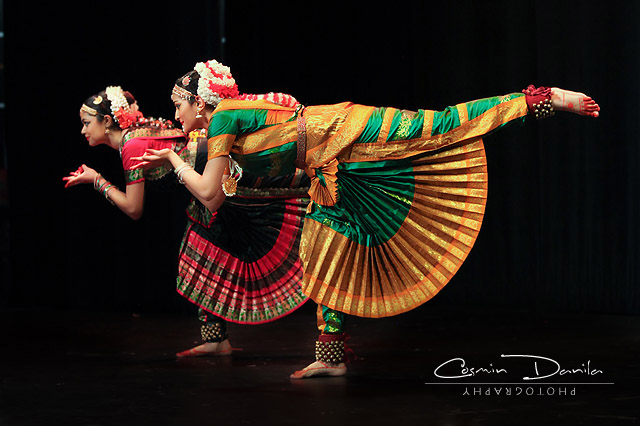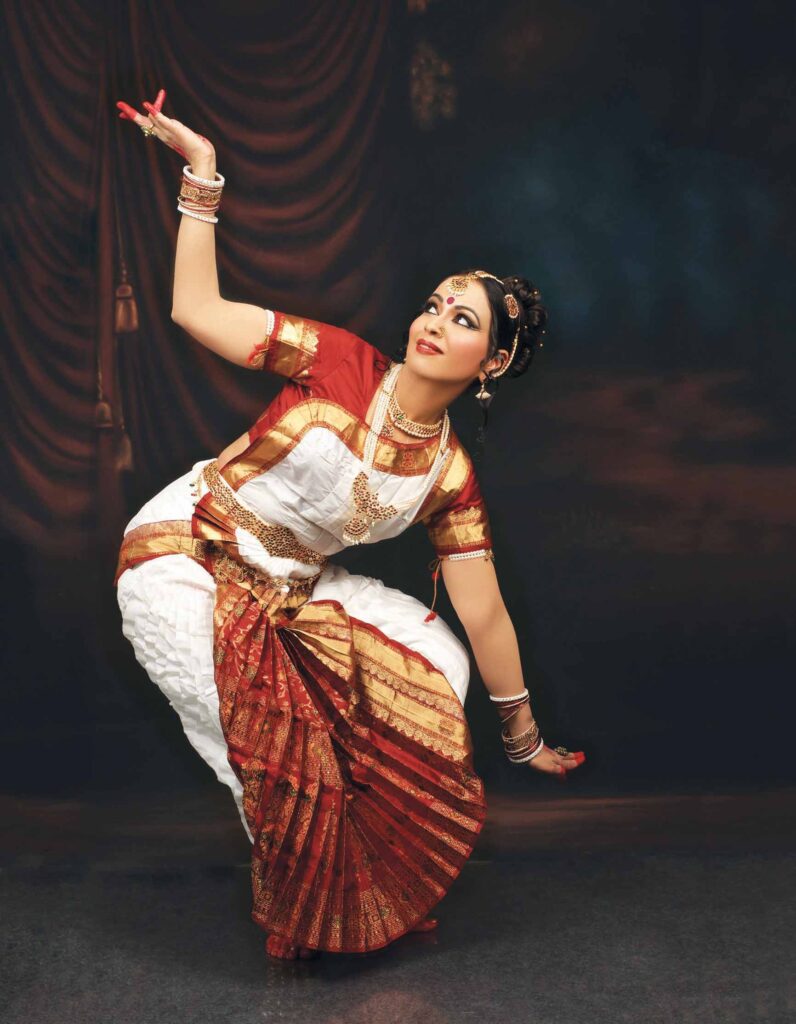Sadir Nattyam : as a dance form can be considered as divine dance……………

Author : Nrityachuramani Rahul Dev Mondal ( Assistant Professor , Rabindra Bharati University , Department of Dance )
Every dance form that exists has a history, its roots which are long and tangled goes beyond the years back to the centuries, when cultures changed themselves, modified themselves within a phase which was more or less were transitory in nature. For an art to attain a shape many traditions need to be intermingled, borrowed from the less popular or peripheral traditions which also changed in the whole struggle. Dance form, in general, reflects the cultural variations of different communities, in terms of the pace, form, and skill of dance.
One of the oldest civilizations in the world is that of Tamil Nadu, its culture is one of the main areas of pride in the heritage of India. Rich in diversity, the states boasts of a variety of dances like Bharatnatyam, Chakkai attam, Devarattam, Karagattam and many more. One such very important dance form is Sadir Natyam or Dasi Attam, which is not very famous in a mainstream line of culture, but has a beautiful ancient lineage existing in Bharatnatyam, in which its manifestations were eventually and tactfully sidelined and not given the due credit.
Sadir Natyam as a dance form can be considered as divine dance originated by the Dravidians and is performed by Devadasis ,this dance is a traditional form of solo dance in temples and royal courts. The embodiment of Shiva as Nataraja symbolizes equilibrium and balance of movement as well as the feeling of tranquility. .This tradition of Nataraja has represented itself in Natya Shastra, Sadir Natyam also springs out taking almost all of this Shastra. Talking about a very important aspect of devadasi, as an artist dedicated to the services of a temple. The dance of the devadasi was integral to the ritual worship; they maintained these traditions from generation to generation, supported by royal patronage. The term Sadir began with the Maratha rulers of South India in the 17th century, who called the dance Sadir Nautch. This corresponds to the presentation of the dance in the courts. What we know as Bharatanatyam today springs from Sadir Natyam.
Sadir Natyam as a dance form can be considered as divine dance originated by the Dravidians and is performed by Devadasis ,this dance is a traditional form of solo dance in temples and royal courts. The embodiment of Shiva as Nataraja symbolizes equilibrium and balance of movement as well as the feeling of tranquility. .This tradition of Nataraja has represented itself in Natya Shastra, Sadir Natyam also springs out taking almost all of this Shastra. Talking about a very important aspect of devadasi, as an artist dedicated to the services of a temple. The dance of the devadasi was integral to the ritual worship; they maintained these traditions from generation to generation, supported by royal patronage. The term Sadir began with the Maratha rulers of South India in the 17th century, who called the dance Sadir Nautch. This corresponds to the presentation of the dance in the courts. What we know as Bharatanatyam today springs from Sadir Natyam.

Changes in the sphere of Sadir Natyam’s popularity and the authenticity started to take place by the 19th century in terms of it evolving and there were regional variations in elements of the dance. This, in turn, diminished the reputation of the devadasis as a community. Even the terms by which the dance was known –Sadir, Nautch, Dasi Attam, and so on – took on derogatory connotations. In the late 19th and early 20th centuries, Sadir’s inherent secular relevance, through its repertoire is forgotten history.
Since the 1930s there is a renewed awareness for Bharatnatyam in India, but the projection is now not on Dasi Attam as a dance and the Devadasi tradition associated with it but has been one of explosive change. Devadasis got caught in a web of multiple political agendas, and the condescending elite made “vulgar” Sadir into the “respected” Bharatanatyam.
Culture is an entity, which is never static, but it is a living world where imaginations form a beautiful dream. It is a space where a country sees its origin as well as tradition and heritage, boasting it to the world.
Bibliography
Rukmini Devi, “The Spiritual Background of Bharata Natyam.” Classical and Folk Dances of India. Bombay: Marg Publications, 1963.
Khokar, Mohan, “NATYA Bhagavata Mela and Kuchipudi.” Classical and Folk Dances of India. Bombay: Marg Publications, 1963.
Kothari, Sunil, Bharata Natyam. Mumbai: Marg Publications, 2000.
Kothari, Sunil, Photo Biography of Rukmini Devi. Chennai: The Kalakshetra Foundation
Chandrasekharan, K., “The Kalakshetra’s “Ramayana”.” The Illustrated Weekly of India 20 Aug. 1961: 36-38.
Rukmini Devi Arundale Birth Centenary Volume. Chennai: The Kalakshetra Foundation, 2004 Iyer, E. Krishna, “A Brief Historical Survey of Bharata Natyam.” Classical and Folk Dances of India. Bombay: Marg Publications, 1963.
